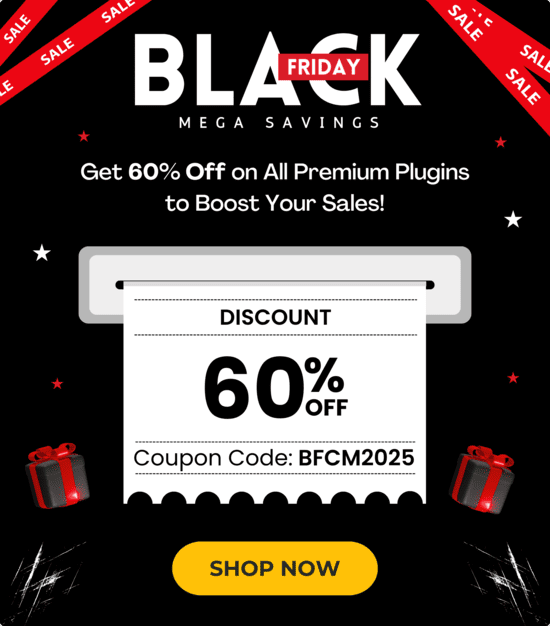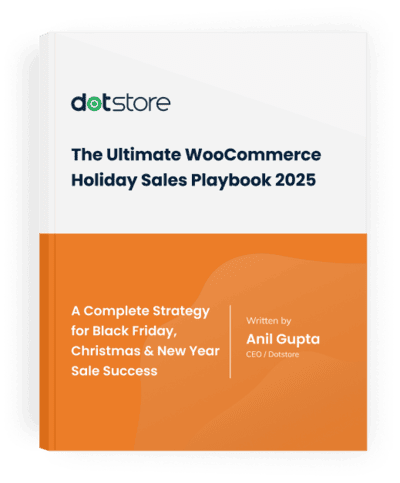Table of Contents
WooCommerce 9.8 is officialy here, and it brings a mix of behind-the-scenes improvements and helpful updates for store owners. In this post, we’ll break down what’s new, how it helps you, and give you simple strategies you can use right away, whether you run a store or build them.
Faster WooCommerce admin performance with optimized JavaScript
What’s new: JavaScript files in the WooCommerce admin area now load more efficiently—only the scripts needed for a specific page are loaded.
Why it matters: This results in faster loading times, especially for larger stores or those with many plugins.
How to use it: Store owners don’t need to do anything; this improvement is automatic. However, developers building custom admin pages or extending WooCommerce should verify their scripts load as expected.
Pro tip for developers: Use browser dev tools to monitor script loading and performance after updating.
If your admin dashboard has felt laggy, especially on big stores with lots of products or plugins, this update should give you noticeable speed improvements without needing to change anything.
Product brands displayed automatically
What’s new: If you’re using a Full Site Editing (FSE)-compatible theme, WooCommerce will now automatically show product brands in the Single Product page’s meta section.
Why it matters: Brands can build trust with customers and improve product discovery.
How to use it:
- Store owners using FSE themes don’t need custom code or plugins to show brand data anymore.
- Just ensure that you’ve added brand info to your products, and WooCommerce will handle the display.
Tip: Make sure your products have brand data filled in. Use this with product filters so shoppers can browse by brand (great for fashion, electronics, etc.).

New filters for custom analytics reports
What’s new: Two new filters—woocommerce_export_report_controller_map and woocommerce_export_report_data_endpoint—have been added to give developers more control over analytics exports.
Why it matters: Developers can now build and export custom reports tailored to specific business needs.
How to use it:
- Hook into these filters to modify or extend the default report endpoints.
- Perfect for agencies or devs managing enterprise-level WooCommerce stores that need advanced insights.
If you’re running custom sales campaigns (e.g. via bundles or add-ons), use this feature to build reports around those conversions.
Checkout fields now persist on page refresh
What’s new: All additional fields and payment methods in the checkout block are now persisted to the order, even if the page refreshes or the user navigates back.
Why it matters: No more lost customer data during checkout = higher conversion rates.
How to use it:
- Store owners using the block-based checkout benefit automatically.
- Developers can leverage the
woocommerce_store_api_checkout_update_order_from_requestaction to hook into changes in the checkout flow.
Use case: Capture custom fields like delivery instructions, gift notes, or survey responses—even if the customer reloads the page.
Smarter product creation flow for new stores
What’s new: If your store has no products yet, visiting Products → All Products will now automatically redirect you to the “Add product” task screen. This screen offers multiple options to:
- Create different product types (simple, variable, downloadable, etc.)
- Import sample products for testing or setup


Why it matters: Previously, this screen was only accessible through the task list. Now, new store owners are guided more intuitively through product setup, reducing friction and guesswork.
How to use it:
No action needed—this redirect happens automatically if your store has no products.
Pro tip: Use the sample product import feature to explore WooCommerce’s capabilities before uploading your actual inventory. It’s a quick way to test designs, checkout flow, and plugins.
Product gallery block gets a boost
What’s new: The beta Product Gallery Block now supports:
- Better mobile gestures
- A cleaner full-page view
- Simplified pager controls
- Easier inspector settings

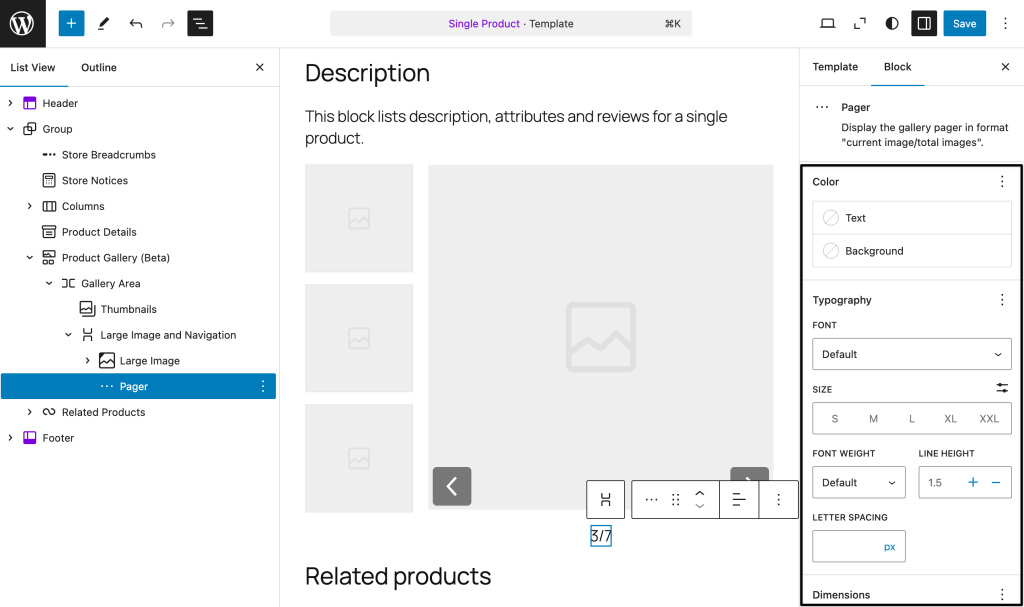
Why it matters: These improvements make your product galleries more mobile-friendly and easier to customize.
How to use it:
- If you’re testing or already using block-based product layouts, you’ll see these changes after the update.
- Try previewing your store on mobile devices to see the improved user experience.
If you use a block-based theme, try switching your product pages to the new gallery block for a richer mobile experience.
Email templates to get a fresh look
What’s new: Modernized email templates, previously optional, are now enabled by default for all new stores.
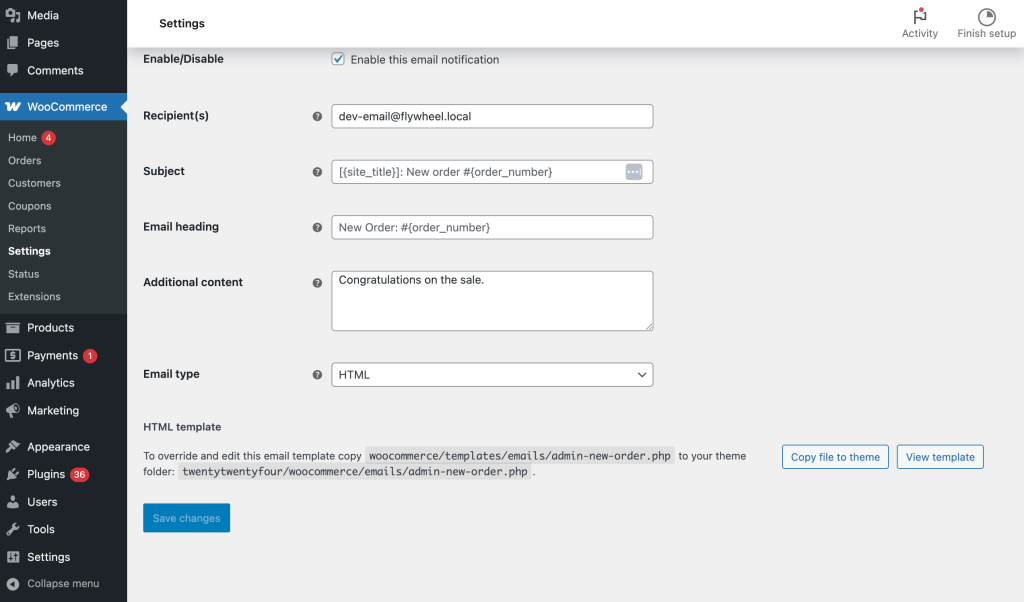

Why it matters: Better branding, cleaner design, and improved readability for customer emails.
How to use it:
- For new stores, this feature is on by default.
- Existing stores can enable it from WooCommerce → Settings → Emails → Email template design.
- New in 9.8: You can now preview changes live right in the admin before saving. This helps you match your email design with your website branding more easily.
Pro tip: Customize colors and logos to match your store’s branding for a more professional look.
“Coming Soon” templates expand
What’s new: WooCommerce now offers five pre-designed “Coming Soon” templates as part of the Launch Your Store flow.

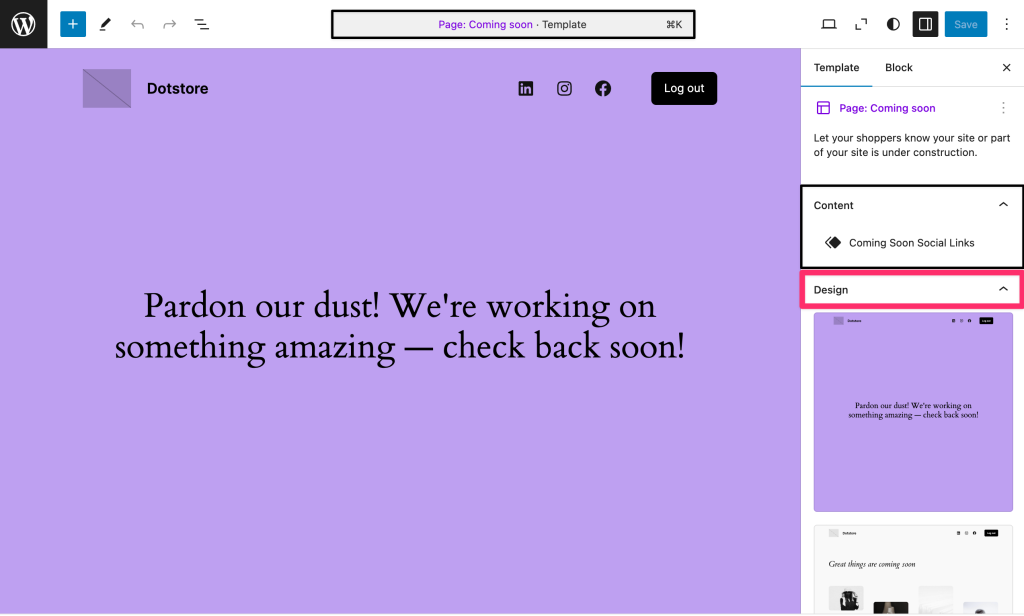
Why it matters: Great for pre-launch marketing and early customer engagement.
How to use it:
- Store owners launching a new shop can access these templates during the setup process.
- Customize with your brand colors, email signup forms, or a countdown timer to build anticipation.
REST API update: Safer email handling
What’s new: A change to the wc/v3/orders/<id>/actions/send_order_details endpoint helps prevent unintentional email updates.
Why it matters: This protects customer data and keeps order communication accurate.
How to use it:
- Developers should now include
force_email_update=truewhen changing billing emails intentionally via the API.
Store API improvements for developers
What’s new: The Store API now supports batch requests across all endpoints and includes new field validation rules.
Why it matters: Developers can now send multiple API calls in a single request, improving speed and efficiency—especially useful for stores with high traffic or complex cart flows.
How to use it:
- Use batch endpoints for checkout or cart flows.
- Take advantage of validation to reduce failed transactions or broken layouts.
Use case: If you’re building a custom checkout or integrating with external systems, these changes will make your API interactions faster and more reliable.
Community response to the WooCommerce 9.8 update

- Admin speed improvements were an instant hit, especially for high-volume stores.
- Email template and product gallery updates got praise, though users are already asking for video support and more gallery controls.
- The new cost field in analytics sparked conversation, with many hoping for deeper profit margin tracking.
- Some devs noticed “hidden” updates, like improvements to the short description block, and called for better UI visibility in future releases.
- Popular feature requests like adding order numbers on mobile and a search bar in category blocks are reportedly on WooCommerce’s radar.
Final thoughts: What this means for you
WooCommerce 9.8 isn’t a massive overhaul, but it’s a thoughtful step forward in terms of performance, usability, and flexibility. Store owners get a smoother, faster experience with fewer setup headaches. Developers get new tools to customize analytics, checkout, and more.
What You Should Do Now:
- Test WooCommerce 9.8 on a staging site before updating.
- Review any custom code or checkout fields for compatibility.
- Enable the new email templates and test the live preview feature.
- Try the “Coming Soon” templates if launching a new store.
- Explore Store API and analytics filters for more customization.

Need help implementing any of these features? At Dotstore, we build powerful WooCommerce plugins designed to extend your store’s capabilities, without the bloat.
